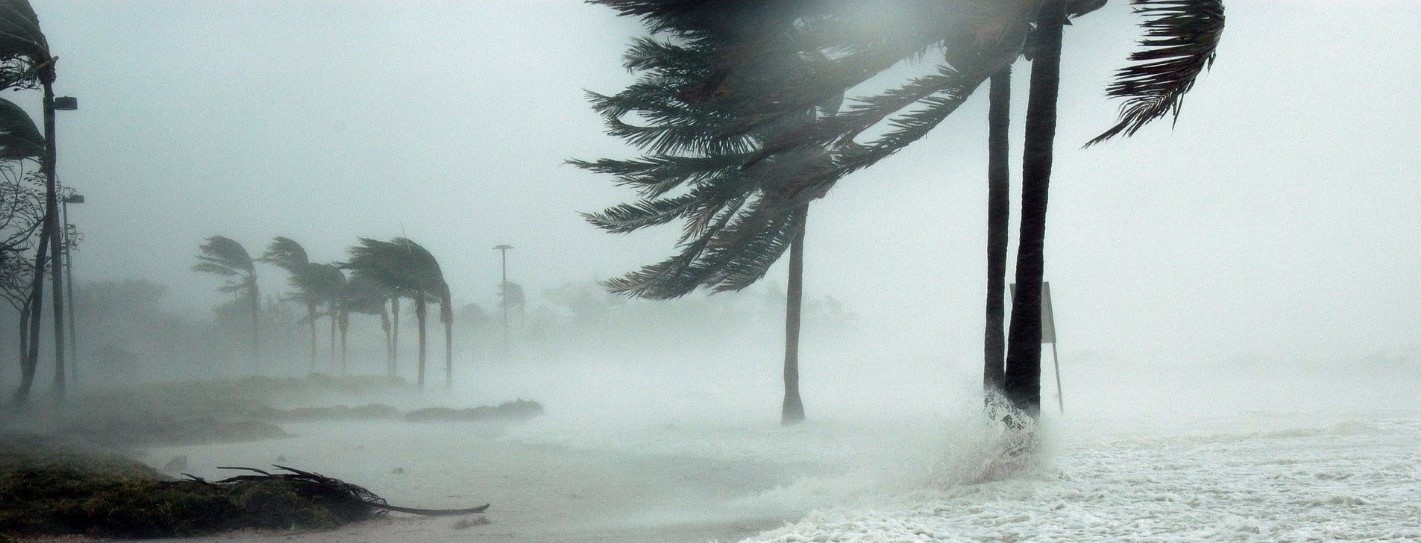Hurricane Preparedness
Hurricane season is upon us and Premiere Building Maintenance wants to remind the community to be prepared. Have a plan in place and be ready to enact your plan if the officials call for an evacuation.
Safety should be the first priority during a disaster. Don’t wait until an emergency to make plans. From having a plan to checking your surroundings, there are many easy ways to prepare. Here are some examples that may help you be prepared and safe.
Hurricane season is from June 1st until November 30th.
Please use these guides to safeguard yourselves and your families:

Personal and Property Safety
- Remove objects that obstruct or block doors, hallways, or exits to avoid falls.
- Plan what to do in case of an evacuation; practice the evacuation routes and know your closest shelters.
- Have a family emergency kit with essential supplies, such as water and food for at least 10 days for each member of the family; make sure it’s easy to find.
- Have a first aid kit with bandages, sterile gauze, thermometer, prescriptions and over-the-counter medications.
- Understand options to purify drinking water. For more information go online to www.cdc.gov/healthywater/emergency/pdf/make-water-safe-H.pdf. Print the instructions in case communications fail.
- For the elderly or individuals with disabilities, remember to wear a medical alert tag or bracelet and pack healthcare information and medical devices.
- Know whether your property is flood-prone.
- Identify levees and dams near the area and determine if they are a hazard.
- Prepare a safe room, such as an interior bedroom or bathroom, and put an emergency kit there.
- Buy permanent shutters or plywood panels to protect windows and sliding doors.
- If your house is made of wood, check its structural connections. The roof, walls, floor and foundations must be joined by metal anchors. If you can’t use anchors, then install straps, tensioning cables or additional clips to securely fasten your roof to the frame.
- If you have to evacuate, lock all doors and windows and don’t leave house keys in obvious places such as the mailbox.
- Park your vehicle in a safe area and, if necessary, take it to another location away from possible flooding and falling debris.
- Secure all solar panels, satellite dishes, antennas and water systems with appropriate anchors.
- Trim the trees and shrubs around your house.
- Remember to bring all outdoor furniture inside.

Stay Informed
- Listen for emergency information and alerts.
- If told to evacuate by local officials, do so immediately.

Dealing with the Weather
- Determine how best to protect yourself from high winds and flooding.
- Take refuge in a designated storm shelter, or an interior room for high winds.
- If trapped in a building by flooding, go to the highest level of the building. Do not climb into a closed attic. You may become trapped by rising flood water.
- Only use generators outdoors and away from windows.
- Do not walk, swim, or drive through flood waters. Turn Around. Don’t Drown! Just six inches of fast-moving water can knock you down, and one foot of moving water can sweep your vehicle away.
- Stay off bridges over fast-moving water.

Returning Home After a Hurricane
- Listen to local officials for information and special instructions.
- Be careful during clean-up. Wear protective clothing and work with someone else.
- Do not touch electrical equipment if it is wet or if you are standing in water. If it is safe to do so, turn off electricity at the main breaker or fuse box to prevent electric shock.
- Avoid wading in flood water, which can contain dangerous debris. Underground or downed power lines can also electrically charge the water.
- Save phone calls for emergencies. Phone systems are often down or busy after a disaster. Use text messages or social media to communicate with family and friends.
- Document any property damage with photographs. Contact your insurance company for assistance.

